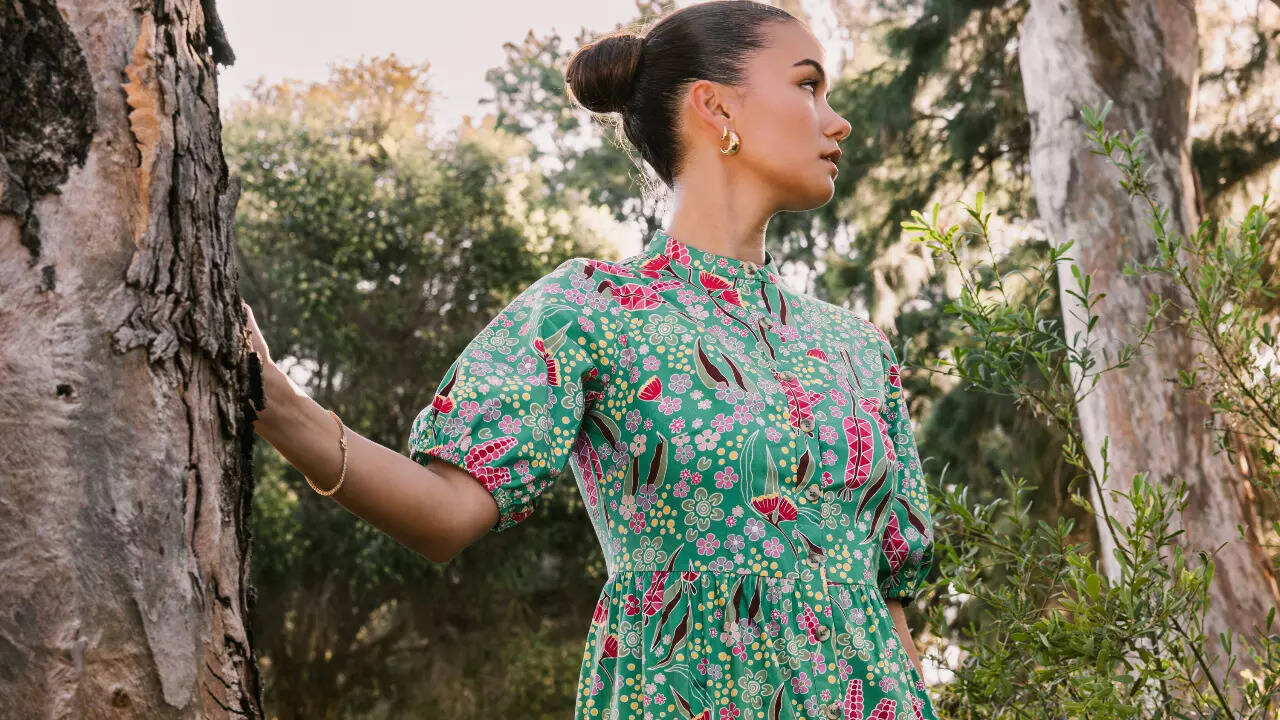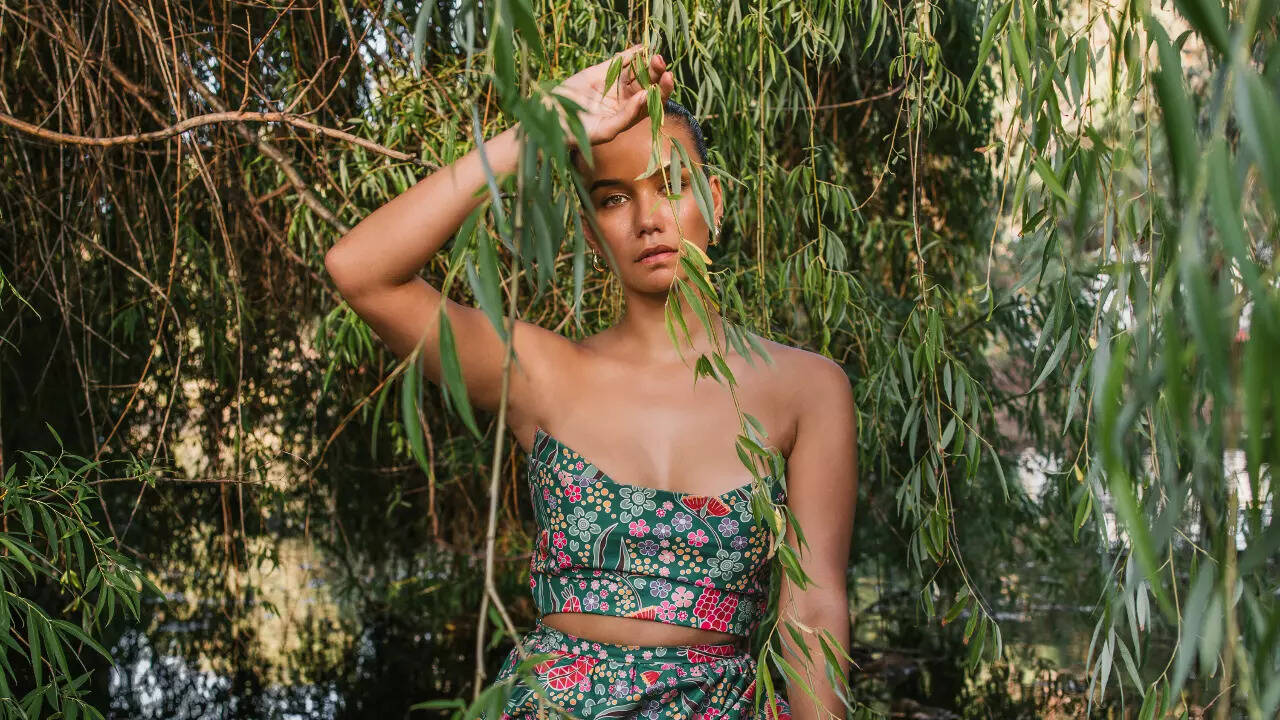ARTICLE AD BOX

Kirrikin, founded by Amanda Healy, celebrates Indigenous Australian identity through luxurious fashion, marking a decade of weaving ancestral narratives into contemporary design. Amanda works with Indian artisans, balancing cultural authenticity with global craftsmanship. This collaboration fosters economic opportunities for Indigenous artists and educates consumers about their enduring culture.
When heritage meets haute couture, it creates stories that go far beyond the runway. Founded by Amanda Healy, Kirrikin stands at the intersection of art, culture, and sustainability-celebrating the beauty of Indigenous Australian identity through luxurious fashion.
As the label completes a decade of weaving ancestral narratives into contemporary design, Amanda reflects on what it means to honour tradition while engaging with global craftsmanship. In this conversation, she opens up about Kirrikin’s partnership with Indian artisans, the brand’s cultural ethos, and how fashion can become a bridge between histories, values, and people.What inspired you to start Kirrikin and focus on Indigenous art in fashion and how does it balance cultural authenticity with contemporary luxury fashion?I tried to find something that authentically represented my people, and there was nothing about, there was definitely very little return to our community.
We always use Indigenous artists in our work, who all have their own cultural stories to tell. It is a delicate balance and keeps us on our toes. Before we undertake any work, we will check with our artists that we are not crossing any lines or breaking any cultural protocols.
Given that most of the people we work with are Aboriginal Australians, it is not in our nature to hide from these sorts of discussions!Can you share how the collaboration with Indian manufacturers in Noida supports your brand’s vision?Yes, we have been working with our largest supplier for 10 years, they are very familiar with our brand and understand our aesthetic.
The ability to work with such amazing fabrics and crafts people here in India is very rewarding. Unfortunately, I do not get here as often as I would like, but we keep in close contact with our suppliers, and they advise us on latest techniques, prints and fabrics becoming available – they are a very important part of our design process.
I also love that there is not a huge time gap between us – there’s only 2 hours difference which makes our life a lot easier.

What does the name "Kirrikin" mean and why was it chosen for your label?Kirrikin is a word from my language and means ‘Sunday Best Clothes’. During periods after colonization, it was illegal for us to speak our language, so our Aunties used to find words that would fit into the English without too much notice being drawn to them, it was a way to keep our language alive. The word itself probably originally meant Possum Cloak, which was an important ceremonial garment.How does i contribute to economic opportunities for Indigenous artists and communities?We provide direct access to markets that would otherwise be difficult for them to reach. We pay them for usage of their work, we promote them on our media – and they pick up more interest for their artwork, overall, it works well for them and us!

What challenges have you faced as a First Nations entrepreneur in the fashion industry?I guess our biggest problem recently is competing with fast fashion – it is a very noisy market and hard to gain notice when our advertising budget is a very small fraction of theirs.How do you incorporate sustainability into your design and production processes?We work closely with our manufacturer to identify the best fabrics and processes to use. There is so much activity in this space in India, you must be leading the world in re-cycling, upcycling, and using less chemicals and water.How has Kirrikin evolved over its 10-year journey, and what are your plans for the future?We started as a scarf and tie brand, and in 2017 we presented our first collection, which has since grown into over 15 collections showcased to the market.
You will see many of these pieces at the tour presentation on 28 October. We sincerely thank the Centre for Australia India Relations for their support in bringing the Kirrikin fashion show to India, reflecting their ongoing commitment to promoting First Nations businesses and fostering increased trade and investment opportunities with India.

How important is it for you to educate consumers about Indigenous culture through fashion?I think it is important to remember that we still exist, we are still here and rebuilding our culture. Our journey is similar in many ways to that of your people in India and we gain strength from sharing our culture and understanding other traditional cultures. We love to tell our stories; it helps to keep our culture alive – we work hard at that!What message do you hope audiences in India will take away from your collaboration with FDCI?That fashion should not be fast; it should be meaningful. We should wear our values – and if our values align, we will be a much better world.

 1 hour ago
4
1 hour ago
4








 English (US) ·
English (US) ·